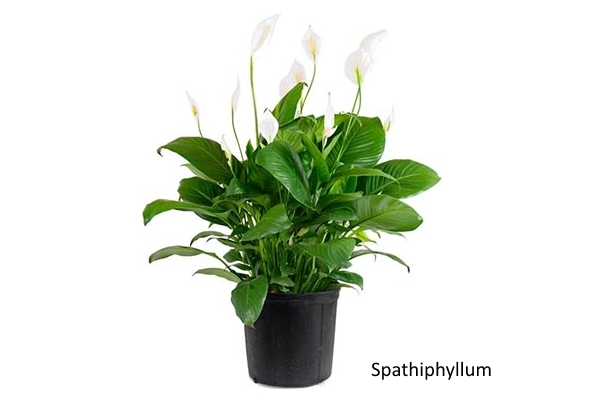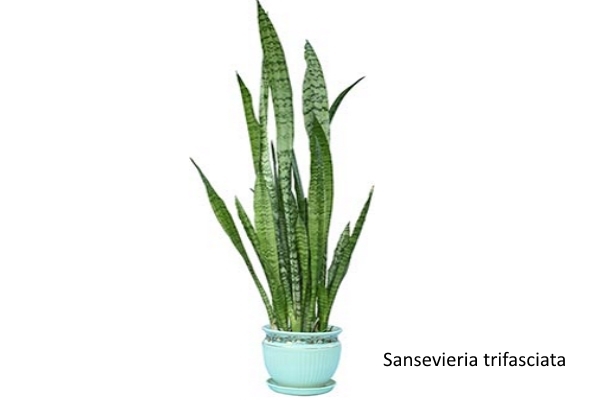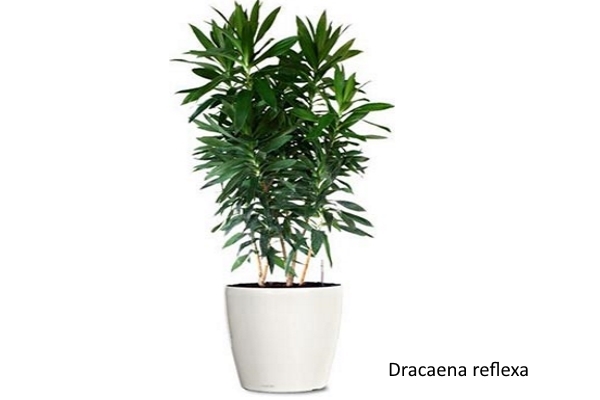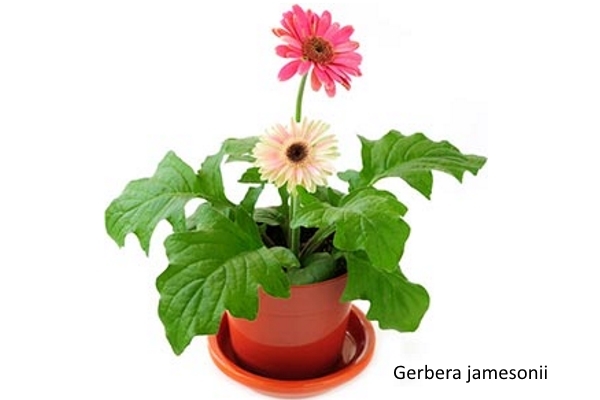Get in Touch
Call our customer services team
Email us with your question

The air cleaning capability of house plants goes so much further than the simple removal of carbon dioxide and replacing it with oxygen. House plants also have the capability to remove various toxins such as benzene, formaldehyde and trichloroethylene from the air. These chemicals can be a particular hazard for those living in newly built homes.

Air purifiers are great for helping to create cleaner and safer to breath air around the home or office space. However, plants also help to ensure better quality air to breath and from an aesthetic perspective, supply much more of a homely feel. In general, plants also tend to be a cheaper approach compare to air purifiers especially once maintenance costs are considered.
Realistically, the majority of us will most likely choose to have a combination of both house plants and air purifiers around our homes as a measure to increase the overall purity of the air which we breath.
Beautiful evergreen plant that is relatively easy to care for as they require very little light and water to remain healthy. This is one of the main reasons to why it is one of the most popular houseplants.
This is another popular plant which is seen in many households. Unlike the Peace Lily, this plant thrives on direct sunlight and drinks a medium amount of water.
If cared for sufficiently, the Chrysanthemum will produce lots of colourful blooms, that will not only brighten up your home, but cleanse the air within it.
Do not digest as its poisonous to both humans and animals.
Often referred to as the English Ivy, the Hedera helix is a very popular choice among homeowners. According to NASA’s Clean Air Study, the English Ivy helps to significantly reduce the amount of benzene, formaldehyde, xylene and toluene from the air.
It is also a very popular outdoor plant, often seen growing up the sides of walls.
English Ivy also helps to reduce the amount of mold in your home.
This plant is fantastic for reducing air toxins in your home. A native from Western Africa, this plant has grown in popularity over recent years and is now grown all over the world.
This plant can endure a low level of sunlight for long durations, although it does prefer plenty of bright light. Although this plant does like its water, do not overfill as it will rot if the soil is too moist.
This popular plant is an upright evergreen shrub that produces narrow green, yellow and even cream coloured leaves.
To maintain this plant, keep in indirect sunlight and keep the soil faintly moist. Reduces air pollutants in your house and can be harmful to pets if ingested.
This plant has a maximum height of 6-feet. This is the perfect fan palm to have in a corner in your home. They are able to tolerate a low level of natural light, but do like a high amount of water and changing temperatures.
Originally a native to Asia, this plant thrives both indoors and outdoors. NASA’s study showcased that this is one of the best indoor plants to purify the air in your home.
Beautiful evergreen plant that is renown for its gorgeous bright flowers. NASA’s Clean Air Study showcased that the plant removes benzene, formaldehyde and trichloroethylene, thus helping to purify the air in your house.
Unfortunately, this plant isn’t the easiest to maintain. However, if maintained properly it is a stunning plant to have around your home.This plant loves sunlight, which helps the flowers to blossom to full beauty. This plant prefers high humidity, anything less than 50% and the plant will start to die. Make sure that the soil is always moist.
This popular houseplant is native to the Soloman Islands, but can now be found growing anywhere in the world. Due to its very attractive nature, this plant is often sold in decorative hanging baskets.
This plant is best kept near a window, without direct sunlight. This soil is to be kept moist most of the time. Very easy to care for which makes this plant one of the most popular in homes.
A beautiful flowering plant that originated from Eastern Africa. Although initially an outdoor plant, it is becoming ever more popular for indoor use. it is fantastic for removing air pollutants in your home such as benzene, formaldehyde and trichloroethylene.
This plant loves the sun, plenty of water and well-drained soil.
According to NASA’s Clean Air Study, this plant is great at purifying the air from toxins such as formaldehyde, xylene and toluene.
This low maintenance evergreen plant grows fantastically both indoors and outdoors. Try not to place in direct sunglight as it can burn through the leaves.
Water frequently but don’t flood soil, as it would cause the roots to rot. This plant prefers higher temperatures and humidity levels above 50%.











Research on houseplants back dates to 1989, where NASA analysed the effects and impacts of the air-filtering effects of house plants which are a powerful means to remedy air pollution.
NASA’s first study researched simple and sustainable ways to clear air on space stations. Under the controlled parameters, specific house plants were found to reduce air pollution by 87% in just 24 hours.
It wasn’t until the 1980’s when indoor air pollution suddenly became an important health issue. Energy shortages from the previous decade and changes in energy conservation meant that insulation in homes was becoming an ever more popular choice. The main reason behind this was to conserve energy and reduce the cost of using that energy. This goes to show why the research conducted by NASA was so imperative.
Our homes are full of air pollutants due to the many chemical cleaners, detergents and general chemicals found in and around our homes. This is why many households can experience poor air quality.
Below is a list of the main pollutants found in our homes:
According to research, certain houseplants can limit the above pollutants and help to filter out harmful compounds in and around our homes. These can be linked to conditions such as asthma and nausea, or chronic diseases such as cancer.

Over-watering can cause root death and kill plants
Most houseplants only need feeding between March and September
Plants usually need re-potting every 1-2 years
During winter months, do not feed plants that are resting
